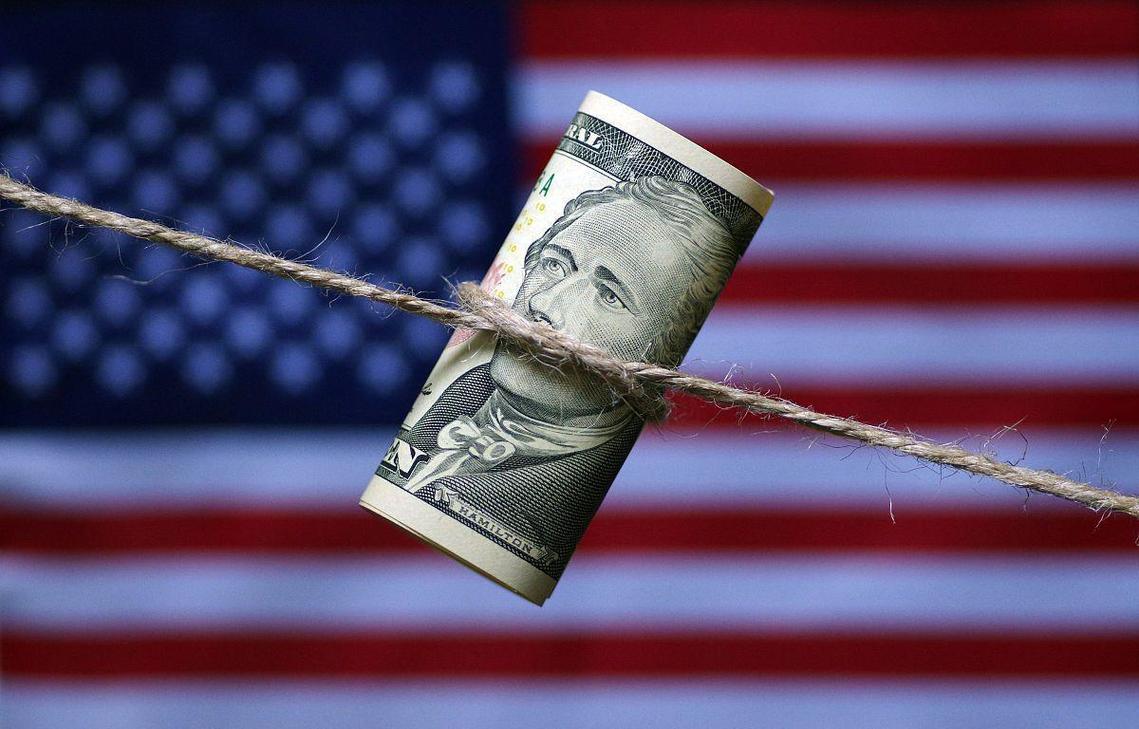
In the United States, changes in the catering industry are becoming an important indicator of economic health. For many families, dining out is an important expenditure item of disposable income, and when economic pressure intensifies, reducing dining out is often the first adjustment they make. Especially for the middle and low-income groups, their choices in daily dining consumption have undergone significant changes, shifting from high priced fast food and leisure chain stores to more cost-effective low-priced restaurants.
This phenomenon is not accidental, it reflects broader economic changes. When consumers face budget constraints, fast food and leisure brands with excessively high prices become the first victims. Even though these brands are trying to attract consumers through membership systems and discount packages, when consumers are price sensitive, pure brand loyalty and menu innovation are not enough to reverse the unfavorable situation caused by the economic downturn.
Changes in consumer behavior
The slowdown in the catering industry is just a microcosm of the significant changes in consumer behavior in the United States. In the United States, the inflation rate in July was 2.7%, but the core inflation rate, excluding food and energy, surged to 3.1%, marking the fastest growth rate in five months. At the same time, the Trump administration's tariff policies have increased the prices of imported goods, causing further strain on household budgets. This series of factors working together forces more and more families to make sacrifices in their daily expenses.
Experts generally believe that reducing dining expenses is one of the earliest signals that households feel economic pressure. Professor Todd Belt of George Washington University pointed out that "reducing dining expenses is not only a matter of reducing dining out, but also a manifestation of families balancing every expense in their daily lives
Value oriented fast food brands grow against the trend
However, not all brands are facing difficulties in the face of price sensitive consumers. Some fast food chains have successfully responded to changes in consumers by placing more emphasis on "cost-effectiveness". For example, McDonald's successfully attracted a large number of low-income groups with its $5 package, resulting in a 2.5% increase in same store sales in the United States in the second quarter. In addition, Domino's and Bonjour have also recovered their growth through timely menu adjustments and price discounts.
Brands have realized that in the current economic situation, consumers are increasingly valuing "value for money", which means obtaining high-quality dining experiences within a reasonable price range.
Economic factors remain the determining factor
Although some brands have achieved short-term growth by adjusting their products and prices, executives generally believe that the improvement of the catering industry's performance still depends on macroeconomic changes.
In the long run, the recovery of the catering industry not only requires internal brand adjustments, but also relies on a more stable economic environment. The rebound of consumer confidence, the decrease in unemployment rate, and the control of inflation will all be key factors determining whether the catering industry can resume growth.
The current situation of the fast food industry provides us with a powerful economic barometer. As consumers become more sensitive to dining expenses in the face of higher living costs, moderately priced brands gradually benefit, while high priced fast food and leisure chains face greater market pressure. Overall, changes in consumer behavior are a direct reflection of macroeconomic trends, and the changes in the catering industry are undoubtedly a microcosm of times of economic tension. In the future, the survival of a brand will not only depend on its own marketing strategy, but also be closely related to changes in the overall economic environment.

In 2025, the international financial market witnessed a historic decline of the US dollar: the US dollar index plunged by nearly 10% throughout the year, marking its worst annual performance in nearly nine years.
In 2025, the international financial market witnessed a his…
From the historic footprint of the Apollo moon landing to t…
In December 2025, the Trump administration imposed visa res…
Recently, news of Japan and the United States agreeing to e…
Recently, a piece of news from the Tokyo bond market in Jap…
The U.S. economy in December 2025 resembles a meticulously …